The Best Low-Maintenance Succulents for Beginners: A Complete Guide
Succulents are among the easiest plants to grow, making them perfect for beginners who want beautiful greenery without complicated care routines. Their ability to store water in thick leaves and stems allows them to survive in various conditions, often thriving with minimal attention. In this guide, we’ll explore the best low-maintenance succulents for beginners, essential care tips, and troubleshooting common issues.
Contents
- 1 Why Succulents Are Perfect for Beginners
- 2 Top 10 Low-Maintenance Succulents for Beginners
- 2.1 Jade Plant (Crassula ovata)
- 2.2 Zebra Haworthia (Haworthia fasciata)
- 2.3 Aloe Vera (Aloe barbadensis)
- 2.4 Panda Plant (Kalanchoe tomentosa)
- 2.5 Burro’s Tail (Sedum morganianum)
- 2.6 Echeveria (Echeveria spp.)
- 2.7 Snake Plant (Sansevieria trifasciata)
- 2.8 Christmas Cactus (Schlumbergera spp.)
- 2.9 String of Pearls (Senecio rowleyanus)
- 2.10 Crown of Thorns (Euphorbia milii)
- 3 Essential Succulent Care Tips for Beginners
- 4 Troubleshooting Common Issues
- 5 How to Style Succulents in Your Home
- 6 Final Thoughts
Why Succulents Are Perfect for Beginners
Drought-Tolerant
They store water in their leaves, making them highly resistant to drying out.
Minimal Watering Needs
Unlike most houseplants, succulents don’t require frequent watering, reducing the risk of overwatering.
Versatile and Adaptable
They can thrive in various environments, including indoors and outdoors.
Unique Aesthetic Appeal
Available in a wide range of shapes, colors, and textures, succulents can enhance any space effortlessly.
Top 10 Low-Maintenance Succulents for Beginners
Jade Plant (Crassula ovata)
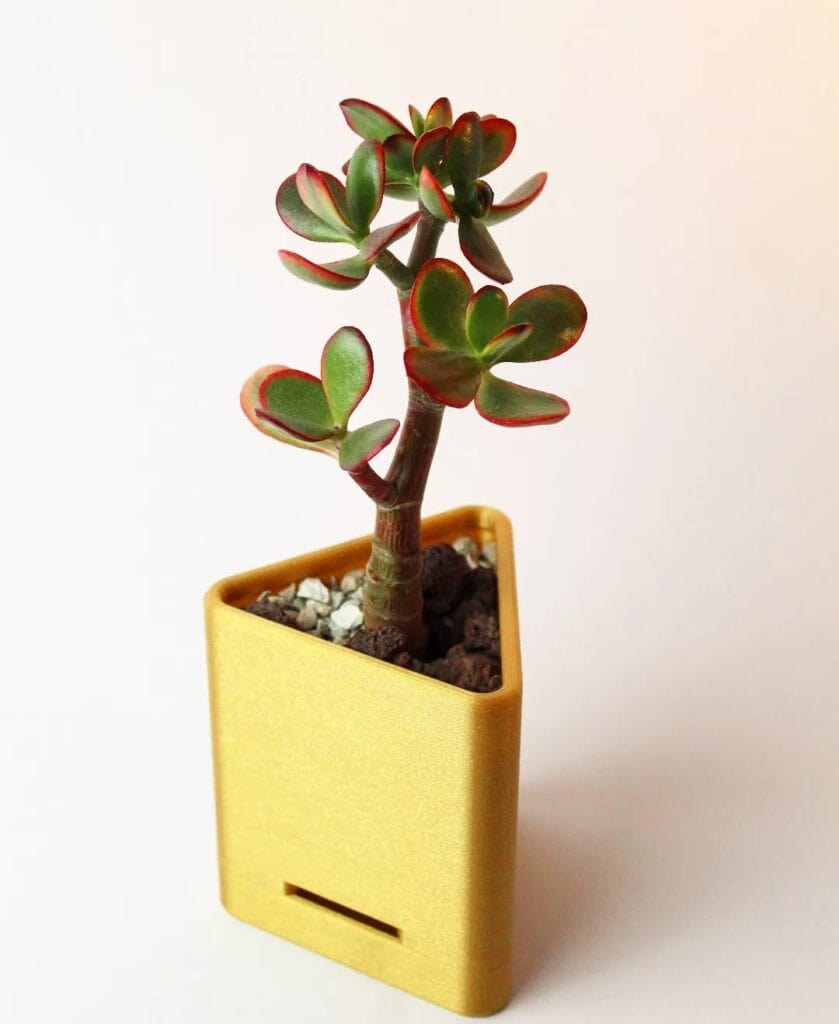
Jade plants are popular for their glossy, fleshy leaves and tree-like structure. They require bright, indirect sunlight and infrequent watering.
Zebra Haworthia (Haworthia fasciata)
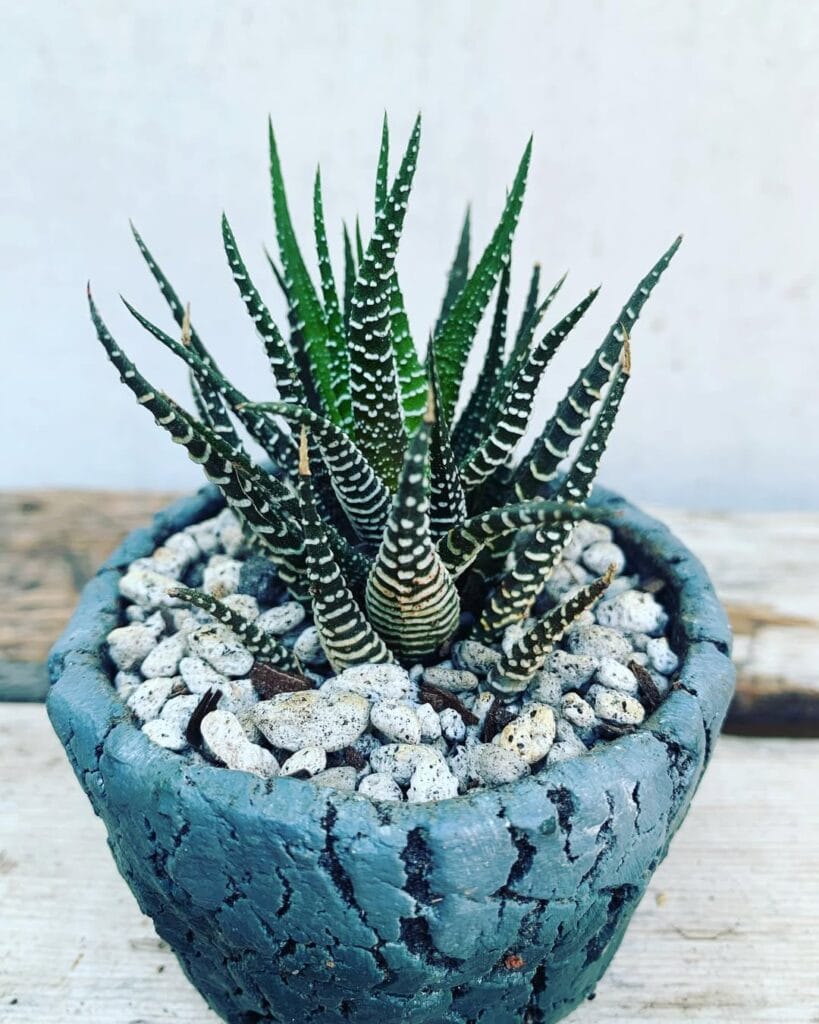
Resembling aloe but with distinctive white stripes, zebra haworthia is compact, drought-resistant, and thrives in low light.
Aloe Vera (Aloe barbadensis)
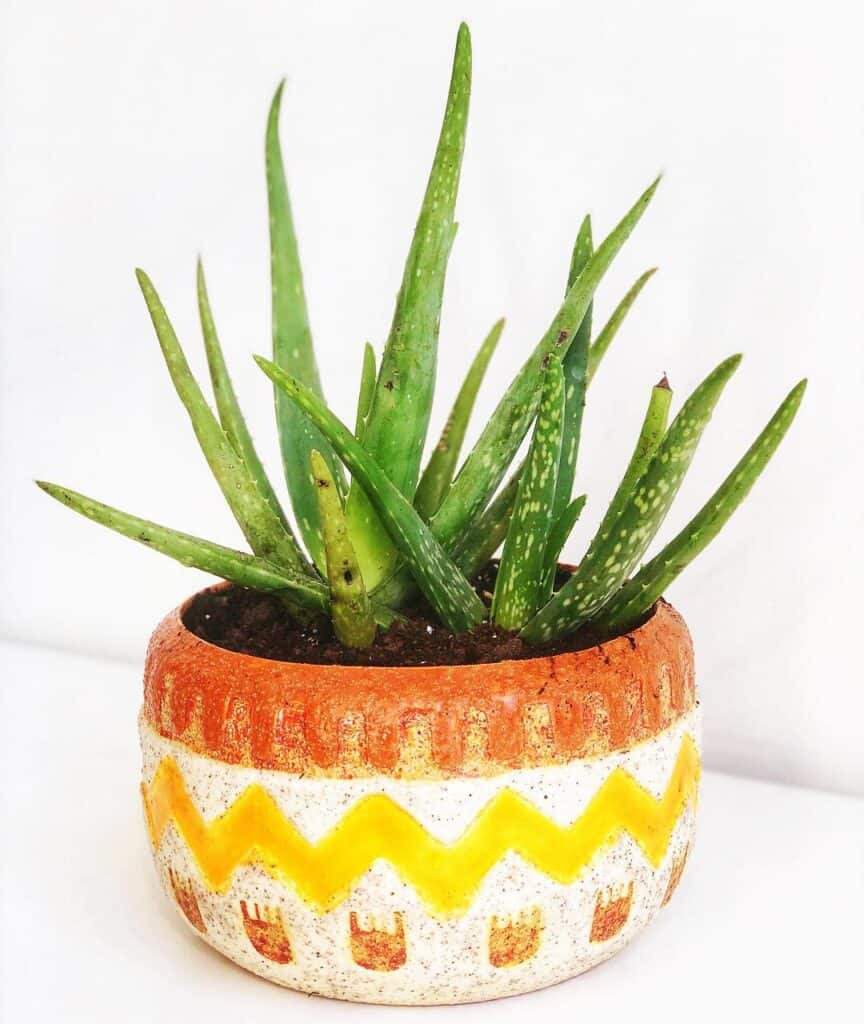
Known for its medicinal properties, aloe vera is easy to care for, requiring bright light and occasional watering.
Panda Plant (Kalanchoe tomentosa)
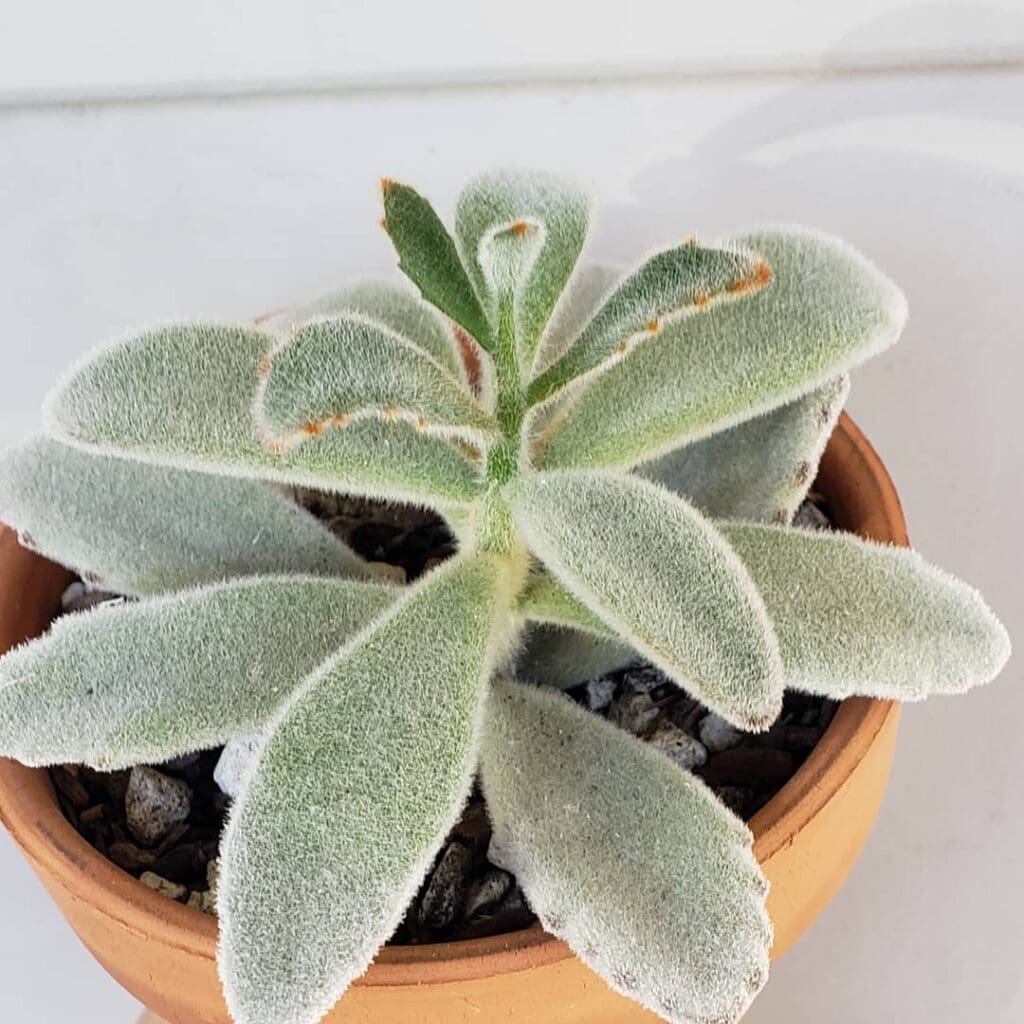
This fuzzy-leaved succulent adds texture to indoor gardens and thrives with minimal care in indirect sunlight.
Burro’s Tail (Sedum morganianum)
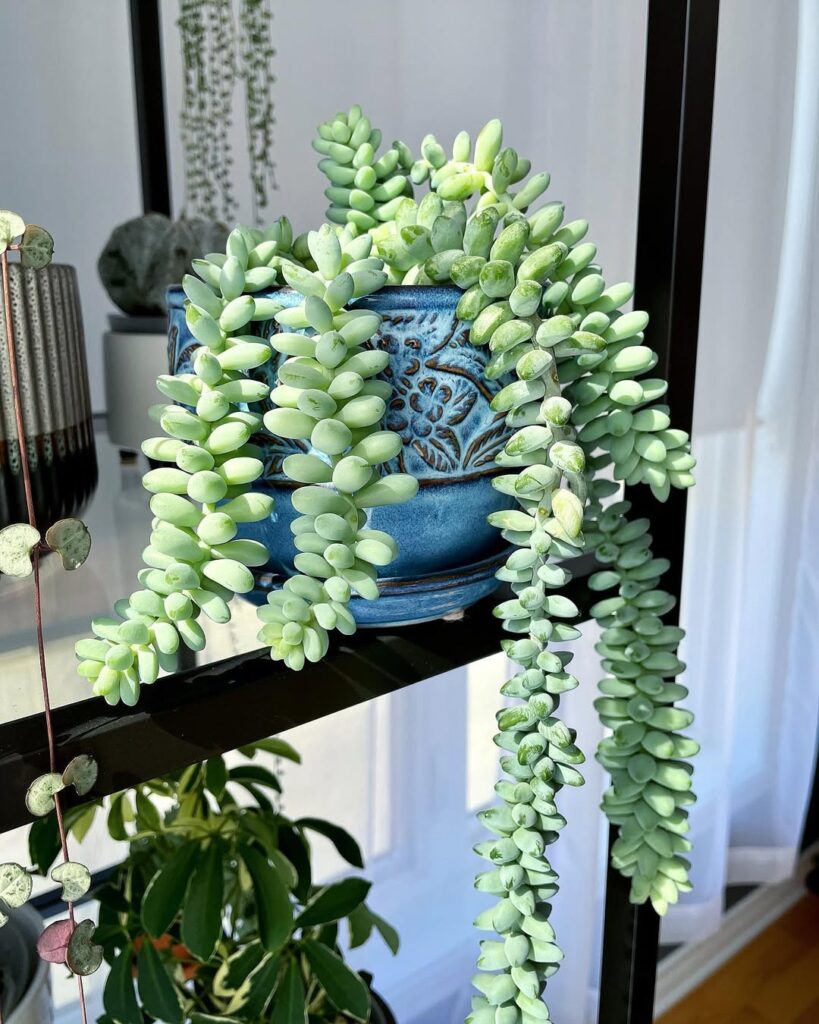
A trailing succulent with cascading stems, burro’s tail is great for hanging pots and survives drought conditions.
Echeveria (Echeveria spp.)
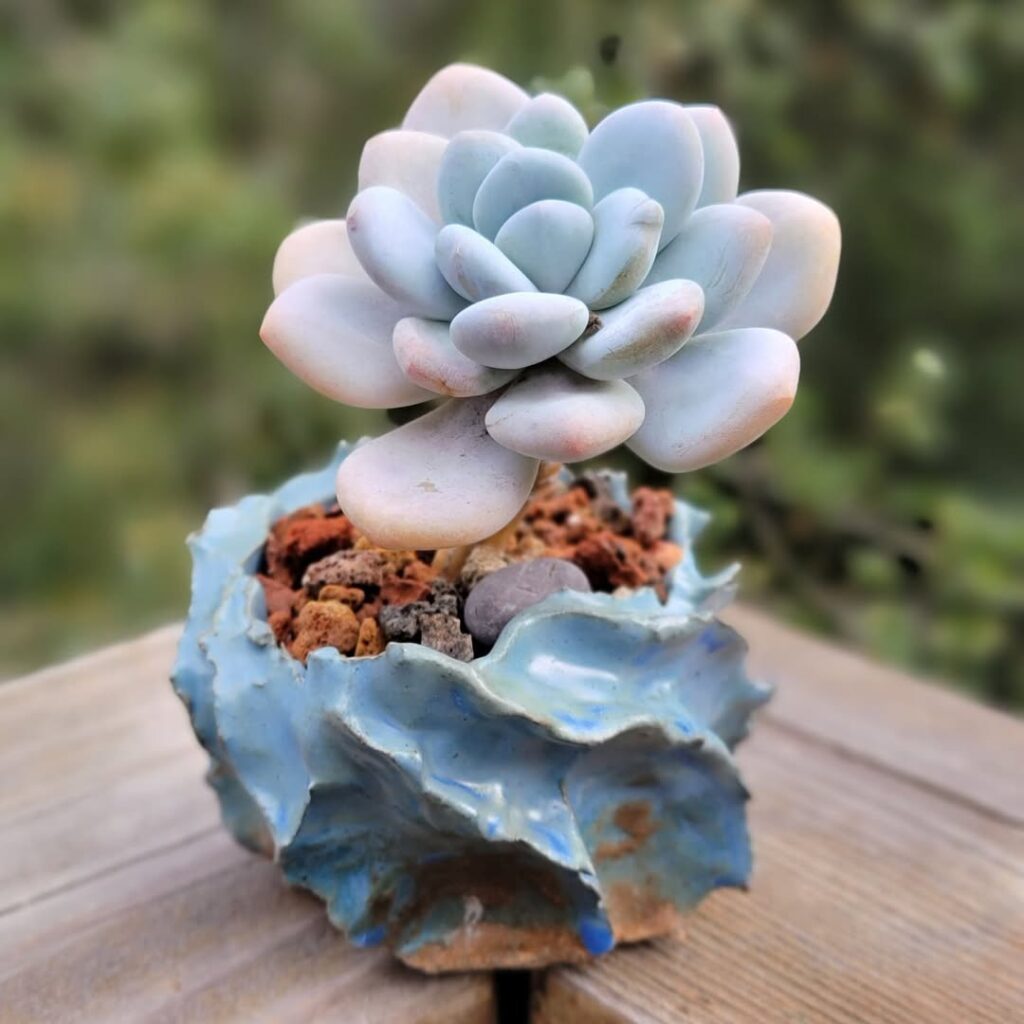
Echeveria varieties produce rosette-shaped foliage in stunning colors, requiring moderate sunlight and occasional watering.
Snake Plant (Sansevieria trifasciata)
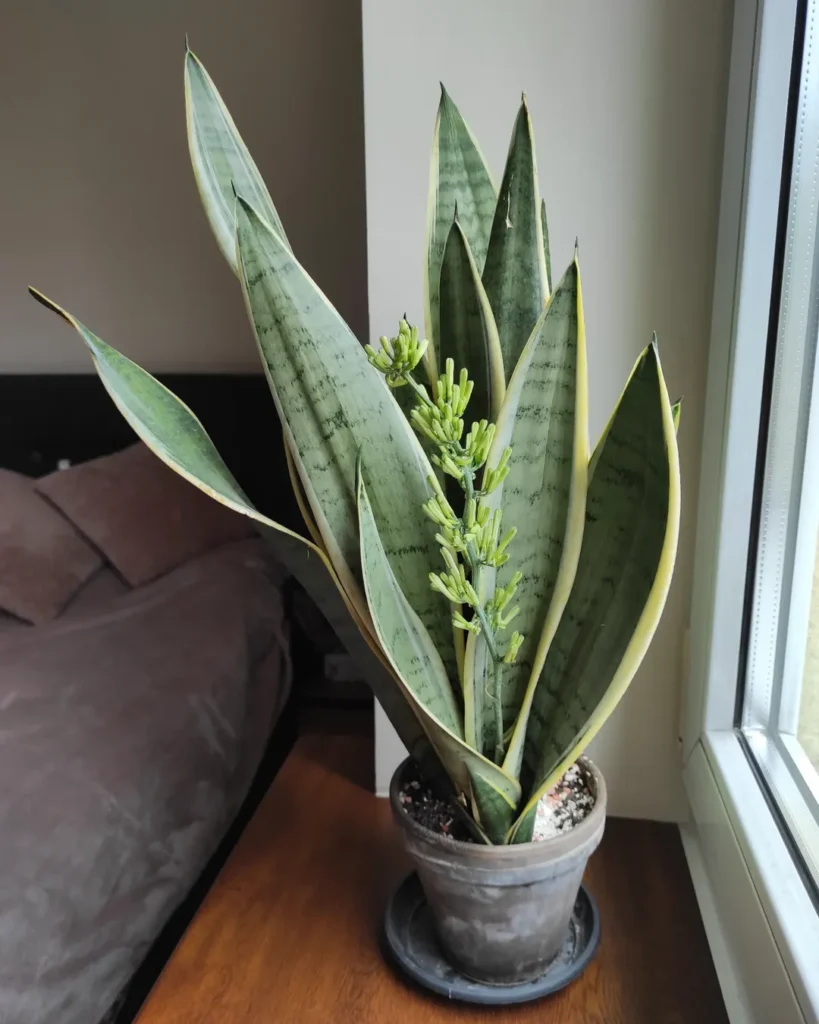
Although technically not a succulent, snake plants share similar care requirements and are nearly indestructible.
Christmas Cactus (Schlumbergera spp.)
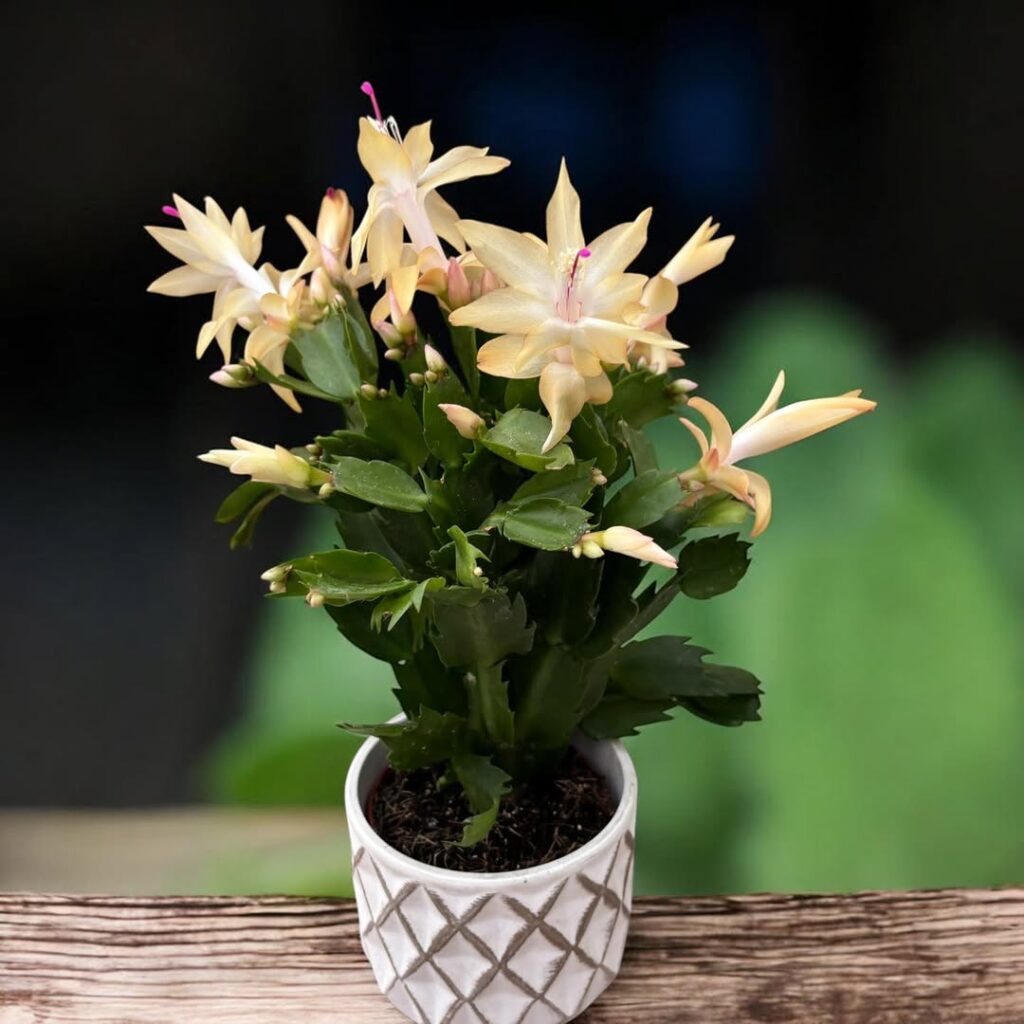
Unlike most succulents, Christmas cactus thrives in indirect light and needs more moisture, but is generally low-maintenance.
String of Pearls (Senecio rowleyanus)
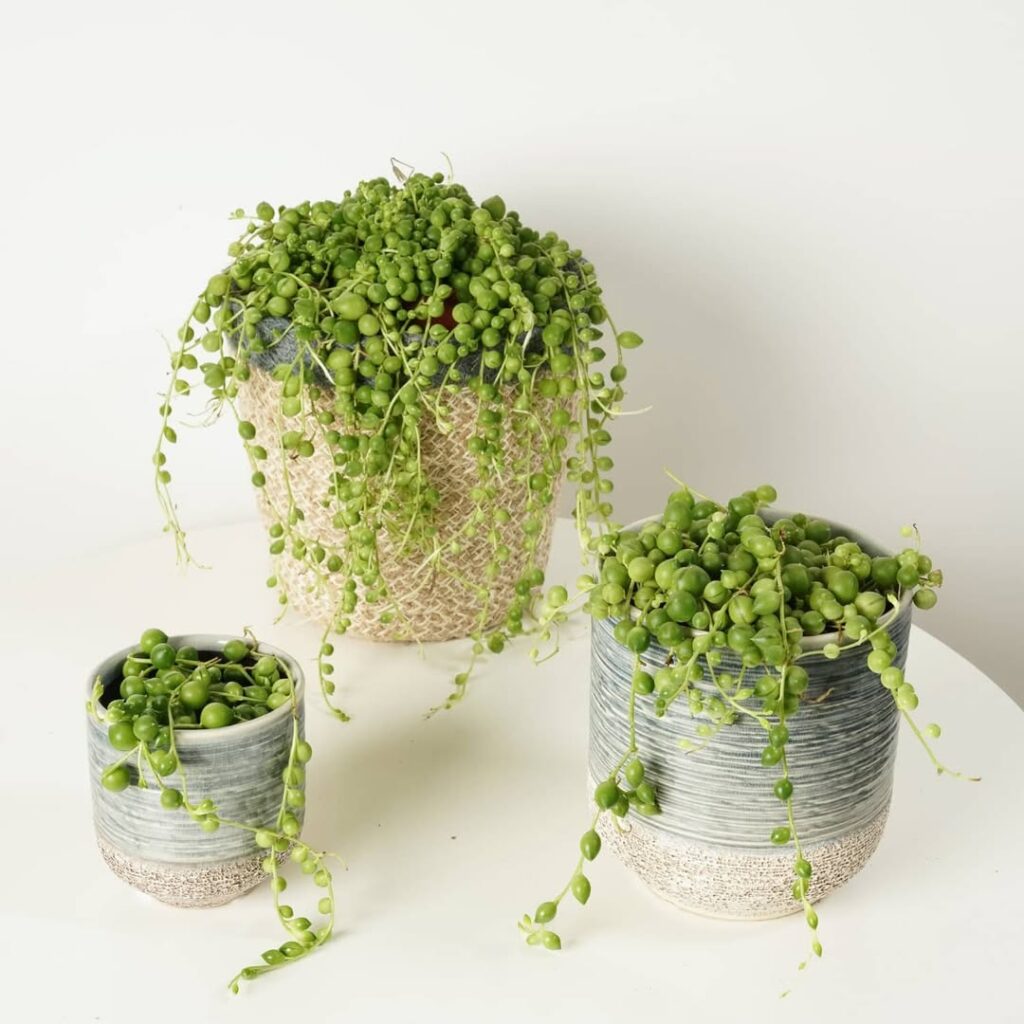
With its trailing, bead-like foliage, this unique succulent is easy to care for when placed in bright light.
Crown of Thorns (Euphorbia milii)
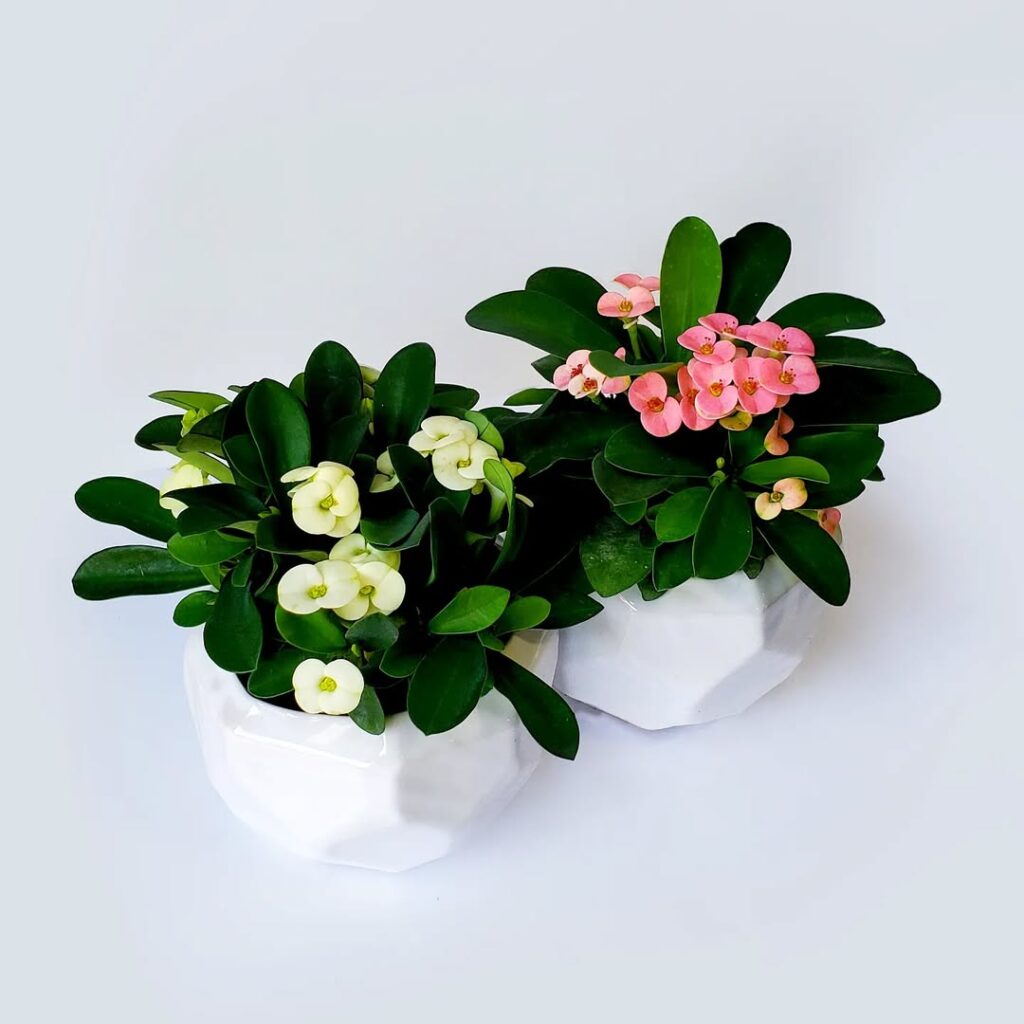
This flowering succulent produces long-lasting blooms with minimal care, tolerating drought and bright sunlight.
Essential Succulent Care Tips for Beginners
Light Requirements
Most succulents prefer bright, indirect light. Place them near a sunny window or under grow lights if indoors. Avoid prolonged direct sunlight, which may scorch delicate leaves.
Watering Techniques
Use the soak-and-dry method: water thoroughly, then allow the soil to dry completely before watering again. Water once every two weeks for indoor succulents, adjusting frequency based on climate and humidity. Avoid overwatering, as succulents are highly susceptible to root rot.
Soil Selection
Use well-draining succulent or cactus soil to prevent excess moisture retention. Consider mixing regular potting soil with sand or perlite for improved drainage.
Choosing the Right Pot
Select pots with drainage holes to avoid water buildup. Terracotta pots are ideal as they allow excess moisture to evaporate.
Temperature and Humidity Control
Succulents prefer warm temperatures between 60–80°F (15–27°C). Protect them from extreme cold or frost, as freezing temperatures can damage succulent tissue. Maintain low humidity levels to prevent fungal infections.
Fertilizing Succulents
Use a balanced succulent fertilizer sparingly, applying every two to three months during the growing season. Avoid over-fertilization, as excess nutrients can cause weak growth.
Troubleshooting Common Issues
Overwatering (Root Rot)
Symptoms: Mushy, blackened roots and yellowing leaves. Solution: Reduce watering frequency and repot in dry, well-draining soil.
Underwatering
Symptoms: Wrinkled, deflated leaves. Solution: Increase watering frequency slightly, ensuring thorough hydration.
Sunburned Leaves
Symptoms: Brown, scorched patches on leaf surfaces. Solution: Move the plant to a location with filtered sunlight or indirect light.
Stretching (Etiolation)
Symptoms: Leggy growth with elongated stems. Solution: Provide more sunlight to encourage compact, healthy growth.
Pest Infestations (Mealybugs, Aphids, Spider Mites)
Symptoms: Sticky residue, cotton-like masses, or discolored spots. Solution: Treat with neem oil or insecticidal soap, ensuring proper air circulation.
How to Style Succulents in Your Home
Miniature Succulent Gardens
Arrange multiple species in shallow planters.
Hanging Succulent Displays
Use macramé hangers for trailing varieties like String of Pearls.
Succulent Terrariums
Design enclosed glass gardens with decorative elements.
Office Desk Decor
Place compact succulents in stylish pots for low-maintenance greenery.
Final Thoughts
Succulents are ideal for beginners due to their low-maintenance nature, adaptability, and unique beauty. By selecting resilient varieties, following simple care techniques, and troubleshooting common issues, you’ll enjoy thriving, healthy succulents with minimal effort. Whether you’re growing them indoors or outdoors, these resilient plants will reward you with lasting charm and effortless elegance.
